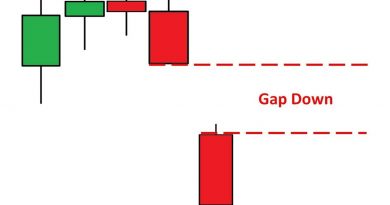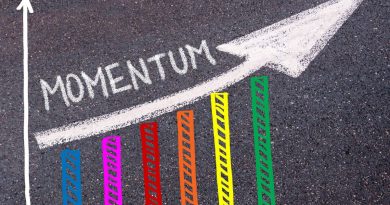Mixed Economic System Characteristics Examples Pros Cons
A mixed economic system combines elements of capitalism and socialism. It protects private property and allows economic freedom, while also allowing government intervention to achieve social aims. According to neoclassical theory, mixed economies are less efficient than pure free markets, but proponents of government interventions argue that achieving efficiency in free markets is not practical.
Key Takeaways:
– A mixed economy combines free-market elements with socialistic elements.
– Mixed economies maintain private ownership of most means of production, with government regulations.
– Select industries that are essential or produce public goods are socialized in mixed economies.
– All historical and modern economies are examples of mixed economies, but economists have critiqued their economic effects.
Understanding Mixed Economic Systems:
Most modern economies fall somewhere on a continuum between pure capitalism and pure socialism. The public and private sectors coexist but may compete for limited resources. Mixed economic systems do not prevent profit-seeking in the private sector but do regulate businesses and may nationalize industries that provide public goods. For example, the United States is a mixed economy that combines private ownership with government subsidies and regulations.
Mixed Economy vs. Free Markets:
Mixed economic systems involve government planning and control over businesses in the private sector. Governments redistribute wealth through taxes to promote social objectives. Trade protection, subsidies, tax credits, fiscal stimulus, and public-private partnerships are common forms of government intervention in mixed economies. Governments intervene in markets to promote specific industries and achieve a comparative advantage. East Asian countries focused on export-led growth to become global manufacturing centers.
Mixed Economy vs. Socialism:
Socialism involves centralized ownership of the means of production, with central planning aiming for the greater good. Socialists distrust free-market outcomes and advocate the nationalization of all industries. In contrast, mixed economies selectively intervene to achieve outcomes the free market may not provide. Selective interventions can include price controls, income redistribution, regulation of production and trade, and socialization of specific industries deemed essential.
Characteristics of a Mixed Economy:
A mixed economy combines market-based features with a strong public sector. While most prices are set by supply and demand, the government may enforce price floors or ceilings for certain goods and direct public funds to specific industries. Common examples of mixed-economy policies include social welfare programs, price controls/subsidies, and strong business regulations.
Advantages and Disadvantages of a Mixed Economy:
Mixed economies combine the desirable qualities of both capitalism and socialism. Capitalist principles incentivize innovation and efficiency, while elements of a welfare state and price controls guarantee a minimum standard of living. However, social welfare programs can create a high tax burden and distort the market. Price controls may reduce employment, and other interventions can result in shortages. Mixed economies allow governments to set strategic priorities, but this can lead to less competition and regulatory capture.
History and Criticism of the Mixed Economy:
The term mixed economy gained prominence after World War II, and it refers to a combination of socialism and capitalism. Critics argue that there can be no middle ground between economic planning and a market economy. Classical theorists argue for either market logic or economic planning as the primary drivers of the economy. Austrian economists believe that a mixed economy is not sustainable due to unintended consequences of government intervention, leading to further intervention and a more socialistic state over time. Public Choice economists describe how the interaction of government, interest groups, and markets can guide policy in a mixed economy away from the public interest.
Real-World Examples:
Almost every country can be considered a mixed economy to some extent. Countries in Western Europe, like the United Kingdom, offer generous welfare programs and regulations on business activity. The United States has social programs and government-owned enterprises. Socialist-oriented countries, like China and Vietnam, have successfully privatized many state-owned enterprises while maintaining a leading role for the government in economic affairs.
Characteristics of a Mixed Economy:
A mixed economy allows supply and demand to determine prices, protects private property, promotes innovation, sets standards of employment, limits government involvement in business, provides overall welfare, and facilitates markets through the self-interest of players.
Disadvantages of a Mixed Economy:
Mixed economies prioritize profit and can lead to mismanagement, economic inequality, inefficiency due to government involvement, and exploitation of the working class.
Main Types of Economic Systems:
The four main types of economic systems are pure market economies, pure command economies, mixed economies, and traditional economies.
Countries with Mixed Economies:
Countries with mixed economies include the United States, the United Kingdom, Sweden, Iceland, and India.
The Bottom Line:
A mixed economy combines the desirable qualities of capitalism and socialism. It allows the government to provide public goods and a safety net while benefiting from market-based productivity. Most countries in the world have mixed economies, with varying levels of market orientation and government intervention.



